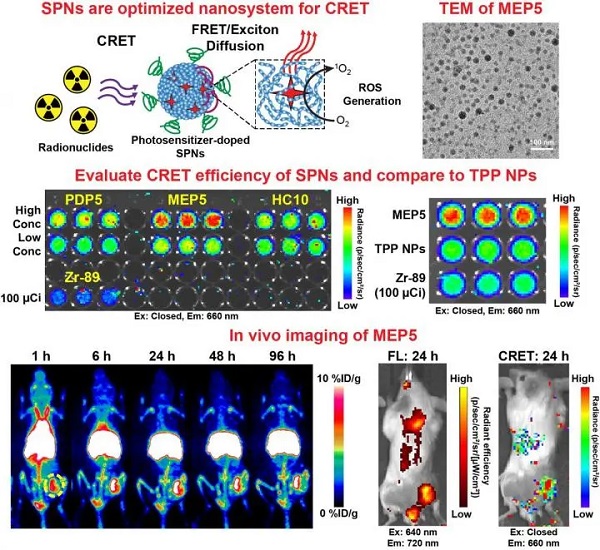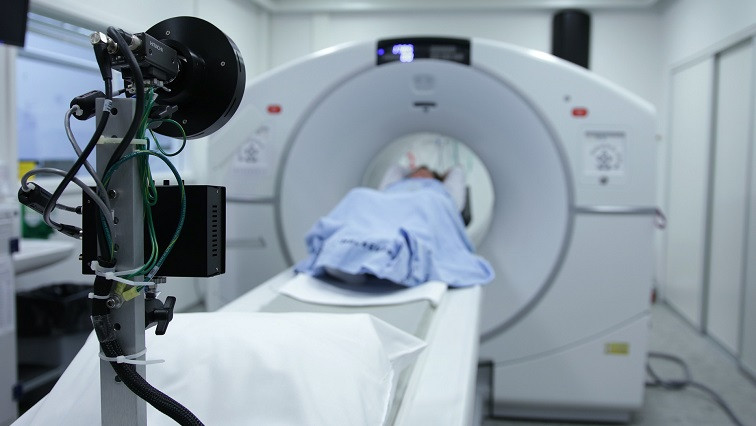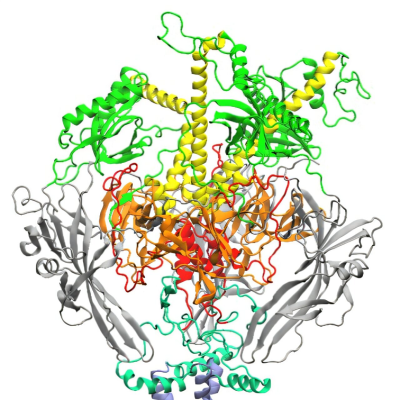In a presentation during the Society of Nuclear Medicine and Molecular Imaging 2021 Annual Meeting, researchers from the University of Wisconsin-Madison revealed that the light from decaying radiopharmaceuticals, known as Cerenkov luminescence, can be an internal energy source that activates semi-conducting polymer nanoparticles to target and attack cancer.
For more SNMMI 2021 coverage, click here.
Photodynamic therapy, the use of external light to activate nanomaterials for cancer treatment, isn’t new, but it is limited. Its efficacy is capped by its ability to penetrate tissue. Using Cerenkov luminescence is an effective alternative, the investigators said, because it spontaneously erupts as certain radiopharmaceuticals decay in the body, meaning it can fight cancer from the inside.
The light source itself is generally weak, but there are ways to strengthen it.
“The good news is that the light source can be amplified with semi-conducting polymers, which greatly increases its potential to target and destroy cancer cells,” said Zachary Rosenkrans, a University of Wisconsin-Madison graduate research assistant. “In our study, we aimed to determine how to best utilize radiopharmaceuticals and nanoparticles to create the ideal cancer theranostics nanosystem.”

In their study, the team discovered that using semi-conducting polymer nanoparticles that are optimized with photosensitizers dramatically intensifies Cerenkov luminescence’s ability to kill cancer cells. Using PET and optical imaging, they were able to see clear tumor uptake of the optimized nanoparticles.
Based on these results, Rosenkrans said, this approach has substantial potential as a cancer theranostics nanosystem without any tissue penetration limits.
“This work is an important step toward translating nanomaterials that are activated by light, using radiopharmaceuticals as an activation source,” Rosenkrans said. “The basic concept, using semi-conducting polymers to harness and amplify light produced from radiopharmaceuticals, is also very exciting and could have many interesting applications in the future.”
Read the original article on Diagnostic Imaging.







